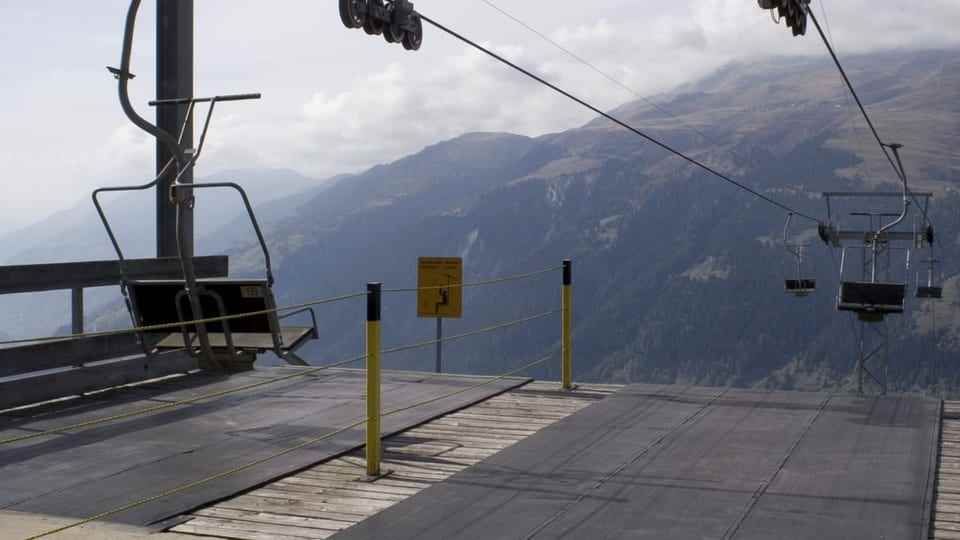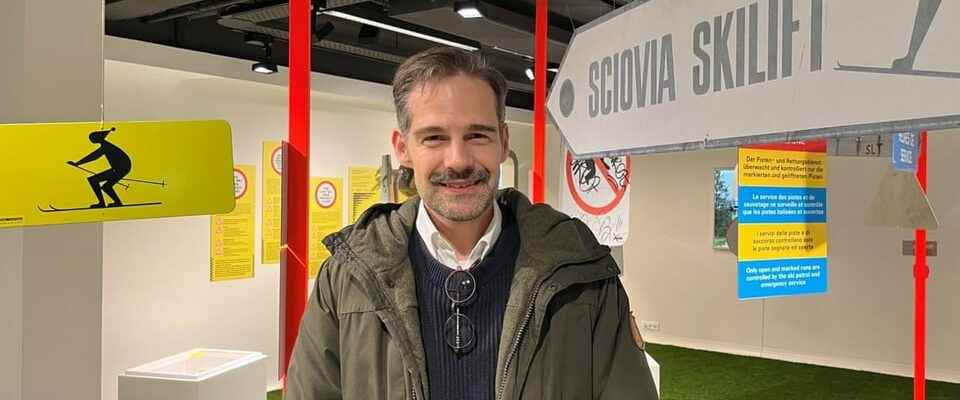contents
More and more ski areas in Switzerland are disappearing forever. That’s why you shouldn’t fall into mourning, but instead celebrate your own story, says an expert.
A Dortmund professor of political science visits his favorite ski area in Valais and sees: It’s gone. But his childhood memories of the winter holidays have not disappeared.
This is how the «Lost Ski Area Project» was born. Christoph Schuck recorded all ski areas ever built in Switzerland and their stories in a database. And finally: Over 40 percent have already disappeared. What are the reasons?
One could quickly get the idea that climate change is to blame. The snow uncertainty often plays a role. But there are numerous other factors, according to Schuck. In the 1970s and 1980s, many communities hoped to benefit from the ski boom with their own ski area.
Legend:
Christoph Schuck at the exhibition in the Alpine Museum in Bern
SRF
But expectations were often set too high. Many of the ski areas were barely profitable. The communities continued to support them, since hotels, restaurants and real estate prices were also linked to them. But at some point the price was too high. As a result, up to 10 percent of the jobs in the communities were often lost.
An example of the disappearing ski culture
The rise and fall of the Ernergalen ski area in Valais was typical. In 1981 three lifts were built, 25 years later the board of directors sealed their closure.

Legend:
The abandoned mountain station of the Mühlebach – Chäserstatt chairlift in the Ernergalen ski area near Ernen (VS) (Image: 2007)
REUTERS/Christian Hartmann
It didn’t come without a fight. The ski area was to be kept for CHF 1 for those who wanted to continue operating it. That’s what it said in an advertisement in the NZZ. A British investor was actually found who was even planning an expansion. Happiness seemed perfect, but it was short-lived. The investor dropped out. “It was a dramatic moment for the population. Many people just couldn’t bring themselves to watch this demolition,” says Christoph Schuck.
Skiing is difficult. It takes practice, equipment and subscriptions to the lifts. In addition, it was increasingly cheaper to fly on vacation than to spend a skiing vacation in the mountains. The disappearance of the lifts in the valley – on the doorstep, so to speak – accelerated the change in leisure activities.
The disappearing ski tourism
The political scientist, who also deals with industrial history in Dortmund, says: “In Dortmund, people are proud of the industrial culture, of the changes. In Switzerland, there is mainly grief over the loss. This was often associated with the failure of a long personal commitment.» In many communities there were disputes about the closure. In contrast to former industrial buildings, old mountain stations are rarely converted. The remains of the ski facilities are being dismantled, the witnesses of ski culture are disappearing.
The big players rely on ski alternatives
Many communities have successfully activated summer tourism instead of winter tourism or offer alternatives such as snowshoeing or wellness. However, these projects rarely reach the breadth of additional offers such as hotels or restaurants that have developed in ski areas.
More ski areas will disappear – but not skiing in Switzerland, Christoph Schuck is convinced. “The large ski areas continue to grow, modernize themselves, aim for even higher places,” says Schuck. And the enthusiastic skier is happy about that.
